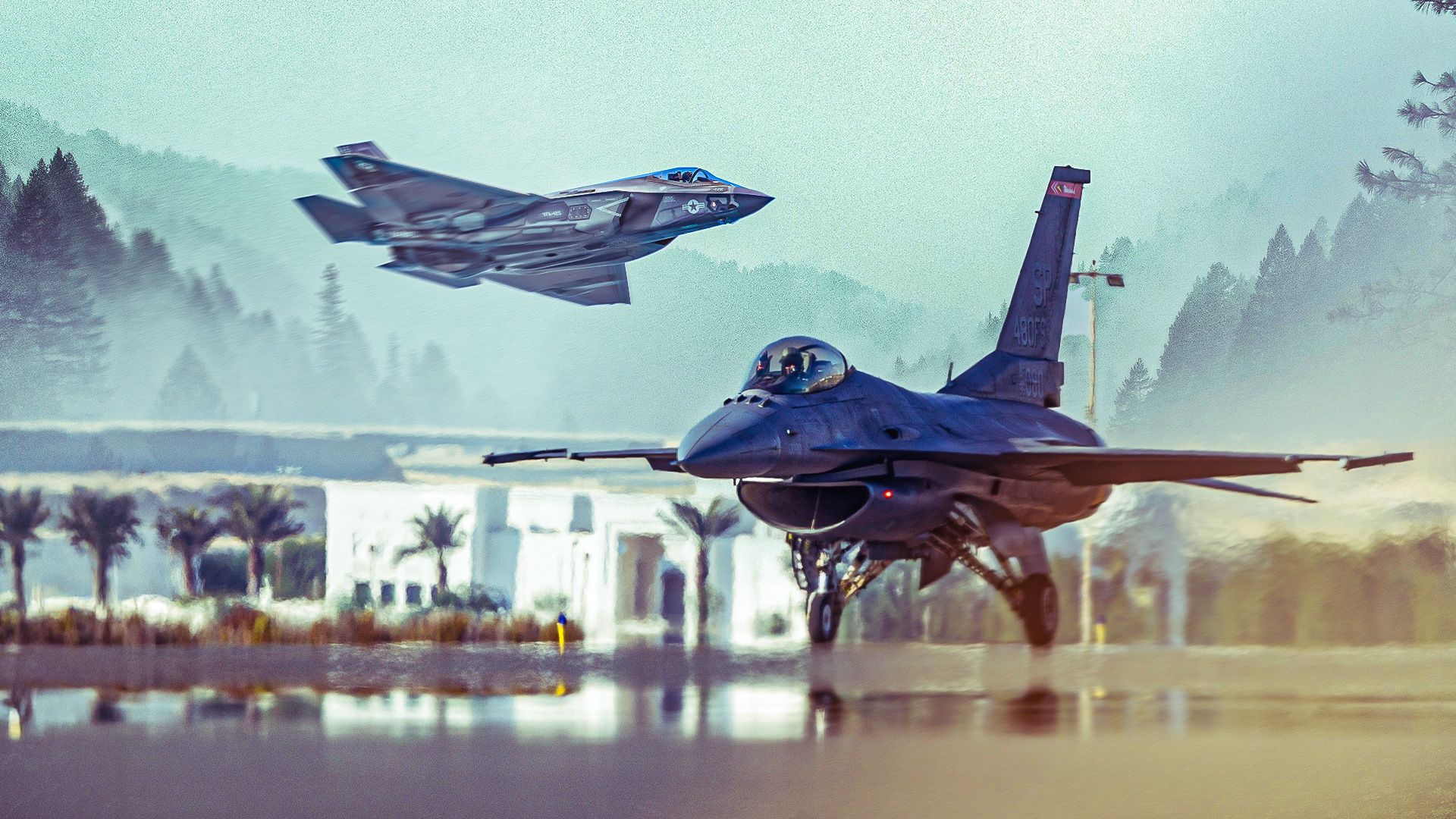Across the global landscape of military aviation, the transition from the F-16 Fighting Falcon to the F-35 Lightning II is gaining momentum. The United States Air Force (USAF) is steadily phasing out the F-16, with the F-35 becoming the cornerstone of modern air combat strategy. This shift is mirrored by allied nations, including the United Kingdom, Italy, Norway, Australia, Japan, and Israel, all of which are adopting the advanced Joint Strike Fighter. Other nations, such as Poland, Switzerland, and Greece, have pending orders for the F-35, further solidifying its status as the future of air superiority.
A direct comparison of the two aircraft reveals significant differences in design philosophy and operational capability. While the F-35, often referred to as “Fat Amy,” is a supersonic stealth fighter, its top speed does not surpass that of the F-16, known as the “Viper.” This is primarily due to the F-35’s design focus on stealth, utilizing radar-absorbent materials and internal weapons bays to minimize its radar footprint. This stealth capability enables the F-35 to operate effectively in contested airspace, where the F-16’s performance may be compromised.
Stealth and Beyond Visual Range Capabilities
The F-35 excels in stealth and beyond visual range (BVR) engagement, with its design philosophy centered on long-range air-to-air combat. Its advanced sensors and weapon systems allow for the detection and engagement of enemy aircraft prior to visual contact. Despite its advantages, the F-35 has a slower top speed and reduced maneuverability compared to the F-16. Nevertheless, the F-16’s strengths in dogfighting have diminished in modern combat scenarios, where the presence of fifth-generation aircraft renders close-range engagements less likely.
The F-16C/D, a multirole fighter, boasts specifications that reflect its operational versatility. It can achieve speeds of up to 1,500 mph and has a ferry range exceeding 2,002 miles. With a maximum takeoff weight of 37,500 pounds, it can carry a payload of up to 18,000 pounds, including various munitions and fuel tanks. The F-35A, by contrast, is designed as a networked multirole sensor platform, capable of acting as a command and control hub for other aircraft. This feature enhances the overall effectiveness and survivability of allied forces by facilitating shared situational awareness.
Redefining the Fighter Mix
The introduction of the F-35 has prompted a reevaluation of the USAF’s traditional “high-low” fighter mix. The F-16 has historically represented the lower end of this spectrum, serving as a cost-effective option for less demanding missions. In contrast, the F-35 is positioned as a high-end platform, designed to penetrate heavily defended airspace while performing a variety of roles, including strategic attack and air defense suppression. This consolidation of capabilities allows the F-35 to take on missions that would otherwise require multiple aircraft types.
Italy’s Defense Minister, Guido Crosetto, made headlines on July 2, 2025, announcing plans to establish the first F-35 fighter pilot training school outside the United States. The facility will be located in Sicily, underscoring Italy’s commitment to the global F-35 program and its role in fostering international military collaboration. Crosetto emphasized the importance of integrating defense with social and technological innovation, highlighting the evolving nature of military operations in contemporary society.
The F-35 program, initiated under the Joint Strike Fighter (JSF) initiative, has faced challenges, including cost overruns and complexity. Despite these issues, the program offers significant logistical and interoperability advantages for participating nations. The common airframe design simplifies maintenance and enhances cooperation among allied forces, featuring a shared supply chain and standardized training protocols.
With over 4,600 F-16s produced and around 1,300 F-35s built to date, the transition to newer technologies continues to reshape air combat. The F-35’s technological superiority presents a strategic advantage against potential adversaries, notably China and Russia. The integration of the F-35 within allied air forces signifies a unified front, reinforcing collective security and deterrence capabilities.
As military aviation evolves, the F-35 stands as a testament to advancements in air combat technology, while the legacy of the F-16 endures, serving alongside its more advanced successor in a rapidly changing geopolitical landscape.







